10F, Building B, Erqi Center, Erqi District,
Zhengzhou City,
Henan Province, China
Wit:+86 15138685087
(WhatsApp/Wechat)

10F, Building B, Erqi Center, Erqi District,
Zhengzhou City,
Henan Province, China
Wit:+86 15138685087
(WhatsApp/Wechat)
Which is better, galvanized steel or stainless steel? Which is stronger? Here let’s review the differences between galvanized and stainless steel, such as the cost, uses, strength, corrosion resistance, etc.
Galvanized steel refers to steel that is coated with a layer of zinc on the surface to prevent the base metal from corrosion and prolong its service life. There are two main galvanizing methods, that is, electro (cold) galvanizing and hot dip galvanizing. Cold galvanizing is putting the base metal into the zinc solution after degreasing and pickling. Then a layer of zinc is deposited on the base metal through electrolysis equipment. Hot-dip galvanizing is to immerse the base metal into the molten zinc at about 500 °C so that the surface of the steel will be applied with a zinc layer.
In essence, the galvanized sheet is coated with zinc on the surface of the steel. The galvanized steel structure is as follows:
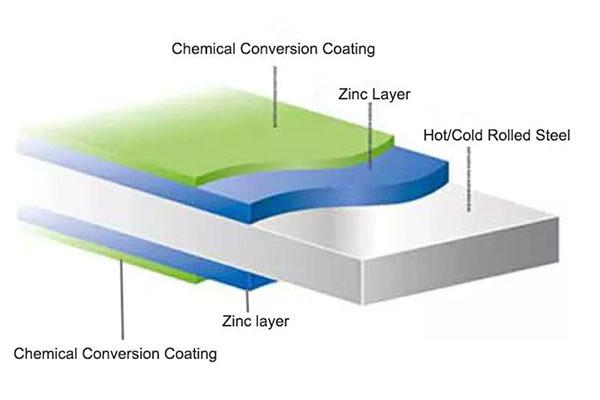
Galvanized Sheet Structure
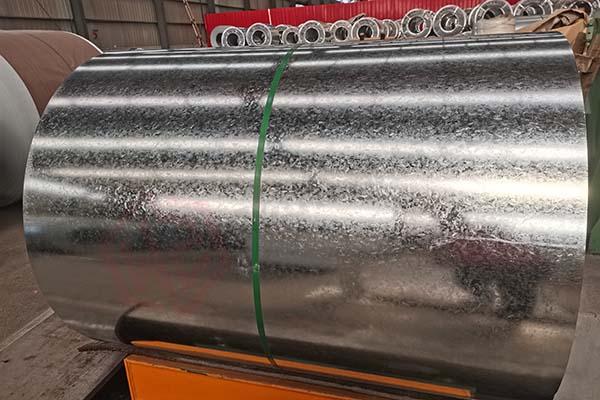
Surface of Galvanized Steel
Stainless steel refers to steel that is resistant to weak corrosive media such as air, steam, water, and chemically corrosive media such as acid, alkali, and salt. Essentially, stainless steel adds metal elements to the steel to change the internal structure. It is high-alloy steel with more than 60% iron as the matrix and added metal elements such as chromium, nickel, and molybdenum.
As mentioned, galvanized steel is coated with a zinc layer on the surface to protect the base metal from rusting; while stainless steel is made by adding chromium to molten steel. According to the microstructure after heat treatment, there are different types of stainless steel, including ferritic stainless steel, martensitic stainless steel, austenitic stainless steel, austenitic-ferritic stainless steel, and precipitated carbide stainless steel.
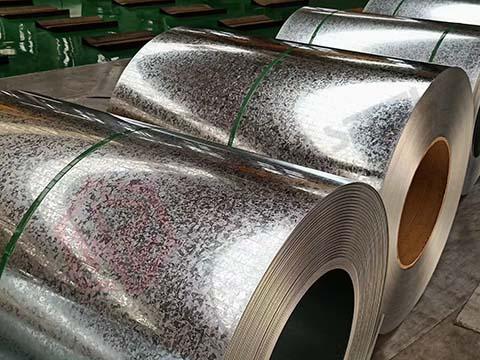
Spangle on Galvanized Steel
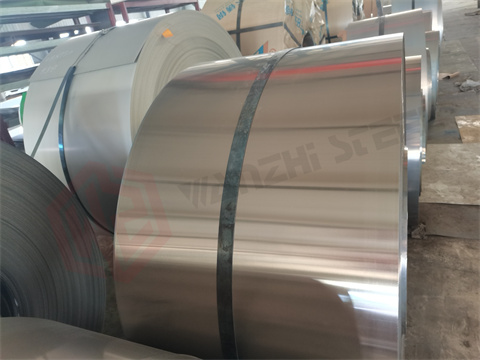
SS Coil
Actually, both stainless steel and galvanized steel are resistant to corrosion, especially hot-dip galvanized steel. But in general, stainless steel is often more corrosion-resistant than galvanized steel. Galvanizing is a process of applying a layer of zinc on the surface of steel or iron to prevent rusting. The dense zinc layer acts as a protective barrier to prevent corrosive substances from reaching the underlying iron. However, when the zinc coating is damaged and steel is exposed to the atmosphere, the base metal will be corroded. While stainless steel contains a large amount of chromium, as well as iron, nickel, silicon, aluminum, etc. These elements change the performance of steel and form a dense oxide protective film on the surface of the steel, thereby improving the corrosion resistance of stainless steel.
Galvanized steel will be much cheaper than stainless steel.
Yes. Because of the addition of chromium, stainless steel is stronger than galvanized steel for similar thicknesses and forms.
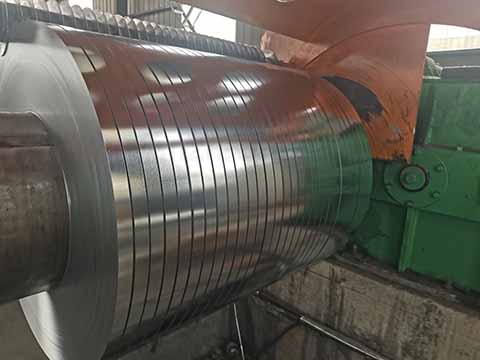
Galvanized Steel Strip
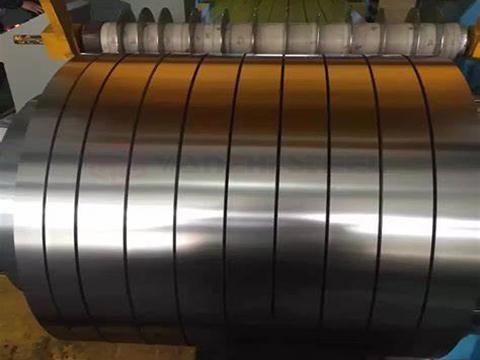
304 Stainless Steel Strip
Both stainless steel and galvanized steel are suitable for outdoor uses. However, there are still differences in their application areas.
Stainless steel is silver bright in color. Its surface is shiny and smooth. By comparison, galvanized steel has a duller finish, with spangles. Below is a table showing the advantages and disadvantages of stainless steel and galvanized steel.
| Stainless Steel | Galvanized Steel |
| Superior rust-resistant | Excellent rust-resistant |
| Superior durability | Cost-effective choice |
| Attractive appearance | Easy to work with |
| Exceptionally strong | Suitable for minor projects |
| Expensive | Not suitable for salt water uses |
Both galvanized and stainless steel are widely used. But the one suitable for your project is better. Generally, galvanized steel is more economical, while stainless steel is more durable, stronger, and more corrosion-resistant than galvanized steel. You need to choose the material according to the use purposes, use environment, and your budget.
Wanzhi Steel is a leading supplier of metal products, which offers a wide range of products in different materials, grades, sizes, etc. Welcome to contact us for more details!





